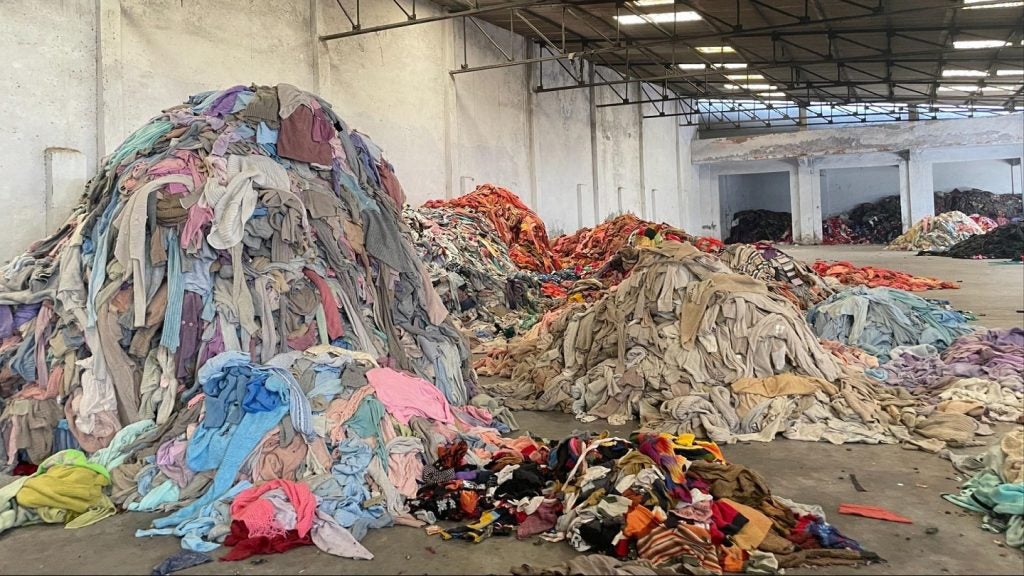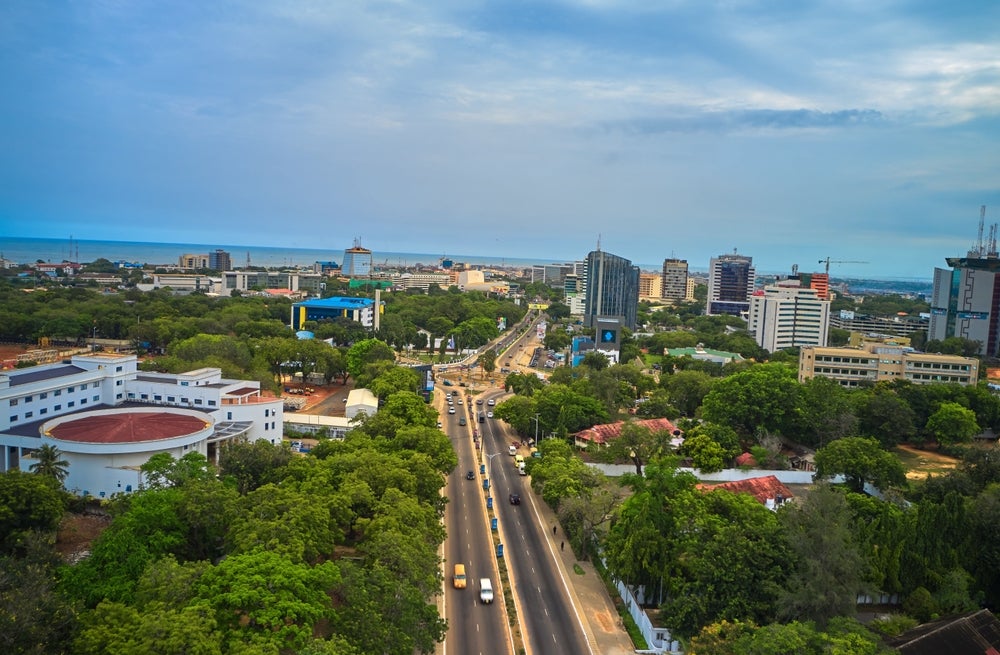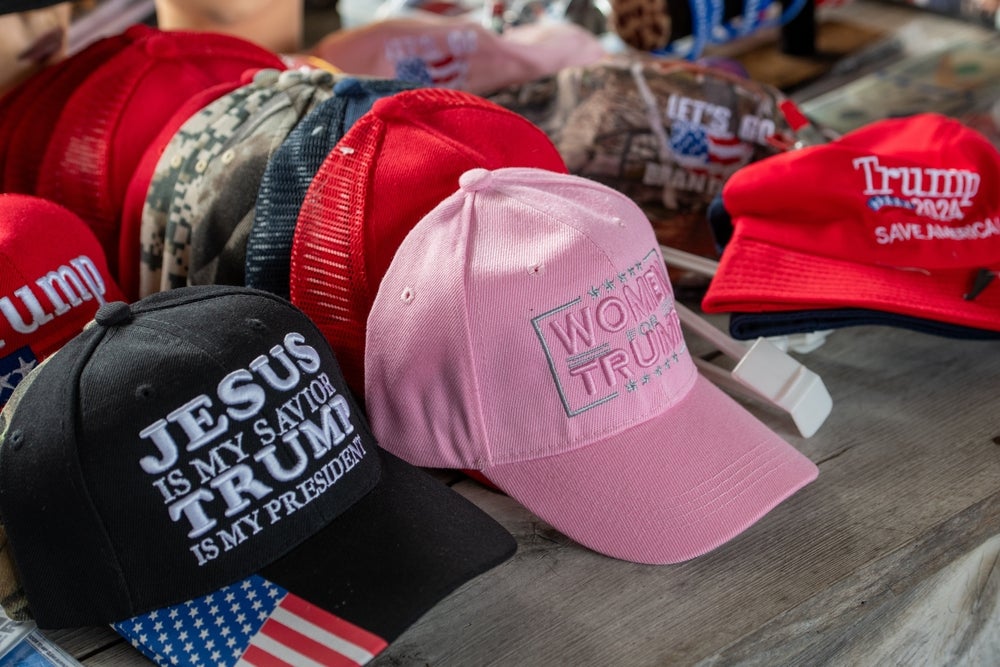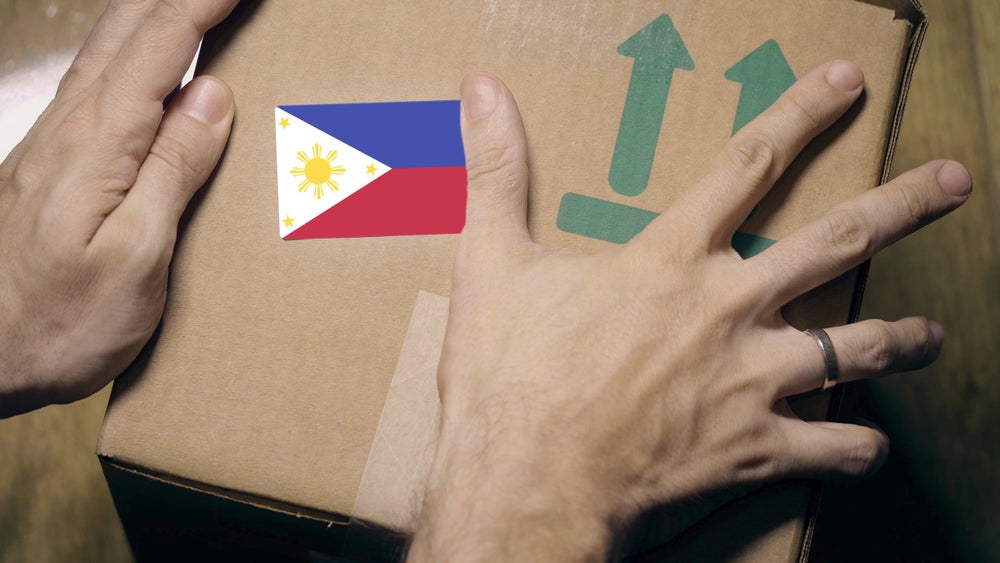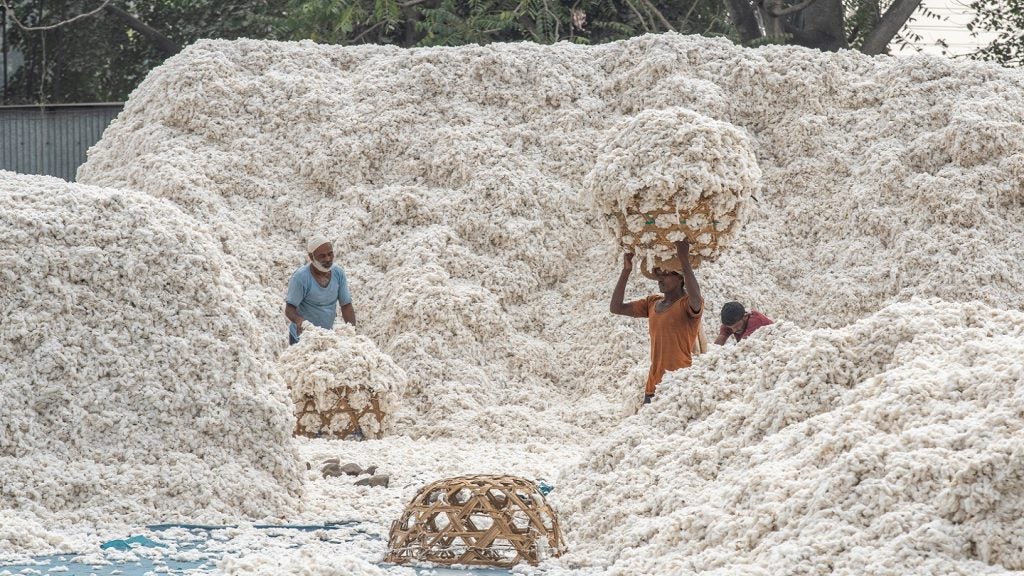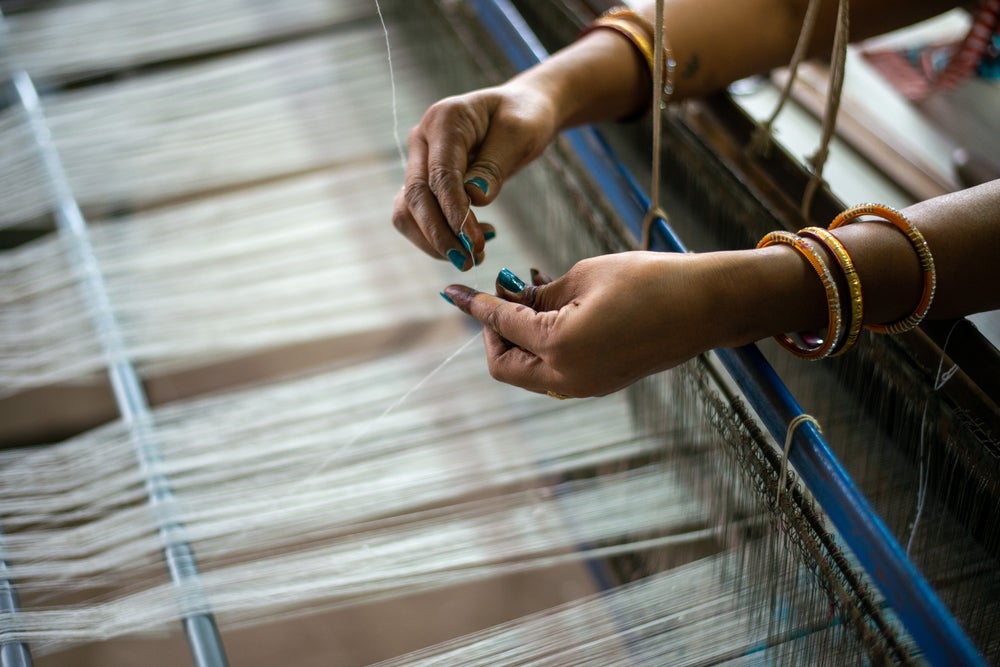Sustainability platform Fashion for Good has launched World of Waste, an online tool that identifies global textile waste hotspots that will help transform waste into valuable resources and contribute to a more circular and sustainable fashion industry.
This digital tool aims to assist recyclers and innovators in locating and using textile waste resources effectively. It seeks to map global textile waste hotspots by providing consolidated data on waste volume, composition, and type.
Fashion for Good initiated a partnership with Reverse Resources, Global Fashion Agenda, Circle Economy, and Accelerating Circularity, supported by funding from Laudes Foundation and IDH, to create the online tool.
The textile sector is under pressure due to the significant waste it produces annually. This situation presents both a challenge and an opportunity for improved practices in circularity and transparency. Current industry efforts focus on tracking, reducing, and managing waste to enhance end-of-life strategies. The existing fragmentation of information across various organisations complicates efforts to address textile waste efficiently.
To overcome this challenge, the collaborative effort among Fashion for Good and its partners seeks to consolidate research outcomes into a single tool that offers insights into waste quantities, types, and compositions while linking back to original studies. Users will gain access to data collection methods, involved organisations, and upcoming regional studies, empowering stakeholders in the textile waste sector.
Fashion for Good managing director Katrin Ley said: “We’re excited to launch worldofwaste.co, a tool providing crucial data on global textile waste hotspots. This collaborative effort brings together key industry partners to empower recyclers and innovators with insights into waste volumes and compositions, helping turn waste into valuable resources and accelerating the shift towards a more circular and sustainable fashion industry.”
The World of Waste tool highlights global textile waste hotspots and provides connections to established regional resources. This information can assist recyclers in sourcing feedstock based on specific waste stream characteristics and help governments formulate policies that promote sustainable waste management.
By fostering collaboration among local and international stakeholders, the initiative aims to tackle operational challenges related to circularity.
Future plans include expanding the database to incorporate more countries and waste types, enhancing the platform's utility with economic insights and policy information. This project represents a move towards a more collaborative approach in addressing textile waste while unlocking its potential as a valuable resource.
Ongoing development will integrate additional data from organisations assessing waste across various regions and categories, contributing to a more sustainable fashion industry.


